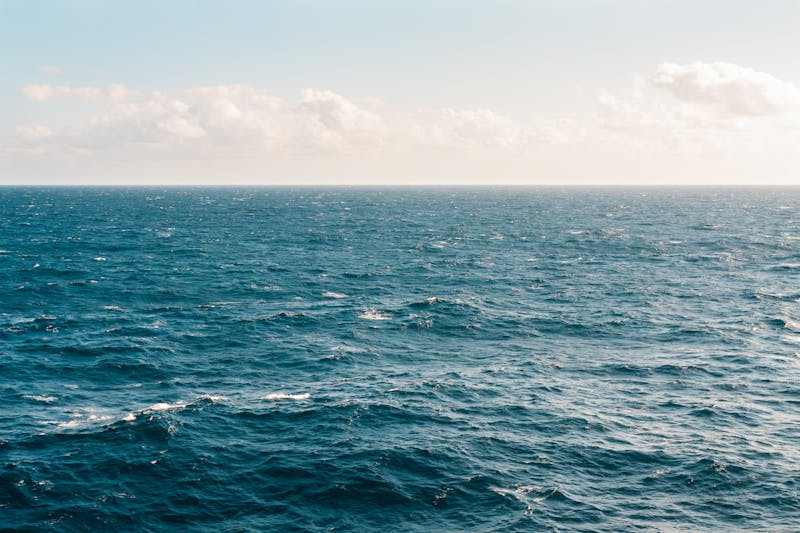
Frank Gehry's Architectural Marvel: The Biomuseo Design
Explore the unique architectural vision behind the Biomuseo, designed by renowned architect Frank Gehry. The building's colorful, angular design reflects Panama's biodiversity.
Panama's Museum of Biodiversity at Amador Causeway Panama - Where Nature Meets Science and Art
The Biomuseo stands as Panama's premier Museum of Biodiversity, strategically positioned on the Amador Causeway at the Pacific Ocean entrance to the Panama Canal. From this remarkable location, visitors enjoy panoramic views of Panama City's modern skyline, the historic Old Town (Casco Viejo), Ancón Hill, and the iconic Bridge of the Americas.
This architectural masterpiece represents world-renowned architect Frank Gehry's first work in Latin America and the tropics. The building was conceived to narrate the extraordinary story of how the Isthmus of Panama emerged from the sea, uniting two continents, dividing a great ocean, and forever transforming the planet's biodiversity.
Through eight permanent exhibition galleries, the museum explores Panama's pivotal role in the Great American Biotic Interchange - the massive migration of species between North and South America that occurred when Panama formed 3 million years ago.

Frank Gehry employed vibrant colors and irregular sculptural forms to reflect Panama's extraordinary natural diversity. The building features an innovative open-air public atrium covered by colorful metal awnings, specifically designed to protect visitors from the region's frequent tropical rains while maintaining an open, welcoming atmosphere.
The museum's distinctive angular architecture and bold color palette serve as a visual metaphor for the biodiversity it celebrates, making it both an educational institution and a landmark of contemporary architecture.

Born February 28, 1929, in Toronto, Canada, Frank Gehry is a Canadian-American architect renowned for his innovative and unconventional designs. He studied architecture at the University of Southern California and urban planning at Harvard University, establishing a foundation for his groundbreaking career.
In 1962, Gehry founded Frank O. Gehry & Associates, launching a career that would revolutionize contemporary architecture. The Biomuseo represents his only work in Latin America, making it a unique architectural treasure in the region.
Gehry's work is characterized by the innovative use of unconventional materials and sculptural forms. His most celebrated projects include the Guggenheim Museum in Bilbao, Spain, and the Walt Disney Concert Hall in Los Angeles, both of which showcase his ability to create buildings that are both functional and artistic.
The recipient of numerous prestigious awards, including the Pritzker Prize, Gehry's creative approach and ability to transform urban spaces have established him as one of the most influential figures in contemporary architecture.
The Biodiversity Park surrounding the museum extends the exhibition narrative into the landscape itself, featuring educational stations that illustrate the complex interactions between local plants and animals in their natural habitats.
Showcasing ecological relationships
Demonstrating evolutionary processes
Exploring small-scale biodiversity
Agricultural biodiversity display
Adaptation and survival strategies
Aquatic ecosystem representation
Historical and ecological pathway
Community gathering space
The Amador Foundation, established in 2000, is the dedicated non-profit organization responsible for the operation and maintenance of the Biomuseo. This foundation ensures the museum continues to serve its mission of educating visitors about Panama's unique role in global biodiversity and the importance of environmental conservation.
Tuesday - Sunday
9:00 AM - 5:00 PM
Closed Mondays
Amador Causeway
Panama City, Panama
Easy access by taxi or bus
Adults: $22
Students/Seniors: $18
Children under 4: Free
A 360-degree immersive experience showcasing Panama's diverse landscapes and ecosystems
Learn about the massive migration of species between North and South America
Discover how Panama's geological formation connected two continents
Explore the relationship between humans and Panama's natural environment
A Smithsonian Tropical Research Institute (STRI) marine exhibition center located on Culebra Island, featuring local marine life, sea turtles, and educational programs about Panama's coastal ecosystems. The center offers interactive exhibits and guided tours.
Bike and scooter rental services available throughout the Amador Causeway. Perfect for exploring the 6km causeway with scenic ocean views and city skyline. Multiple rental stations available.
Various dining and entertainment venues offering international cuisine, craft cocktails, and live music. Many establishments feature outdoor seating with waterfront views.
Deep-sea fishing charters and boat tours departing from Amador marina. Options include half-day and full-day fishing trips, sunset cruises, and island hopping tours.

Explore the unique architectural vision behind the Biomuseo, designed by renowned architect Frank Gehry. The building's colorful, angular design reflects Panama's biodiversity.

Discover how Panama's formation 3 million years ago created a land bridge that allowed massive species migration between North and South America.

Learn about the Biomuseo's educational initiatives, school programs, and interactive workshops designed to inspire environmental awareness.
Discover Panama's incredible biodiversity and the story of how this small country changed the world. Book your visit today!